The surrounding area
Strolling along Corso Bello, one of the main streets of Mendrisio for centuries, is like going on a voyage through time. As you enter the street from the north, on your right stands the eighteenth-century Casa Soldati, with the family coat of arms prominently displayed on the gate. The first floor is frescoed and also houses an intriguing sword bearing the engravings “Long live the Cisalpine Republic” and “Live free or die”, which point back to its ancient owner, one of the few who fought to annex Mendrisio to the Cisalpine Republic established in Italy by Napoleon. On the short climb from Casa Soldati, you can admire an ancient fresco on the vault of the stairs leading to the courtyard at number 6 Via Marliani.
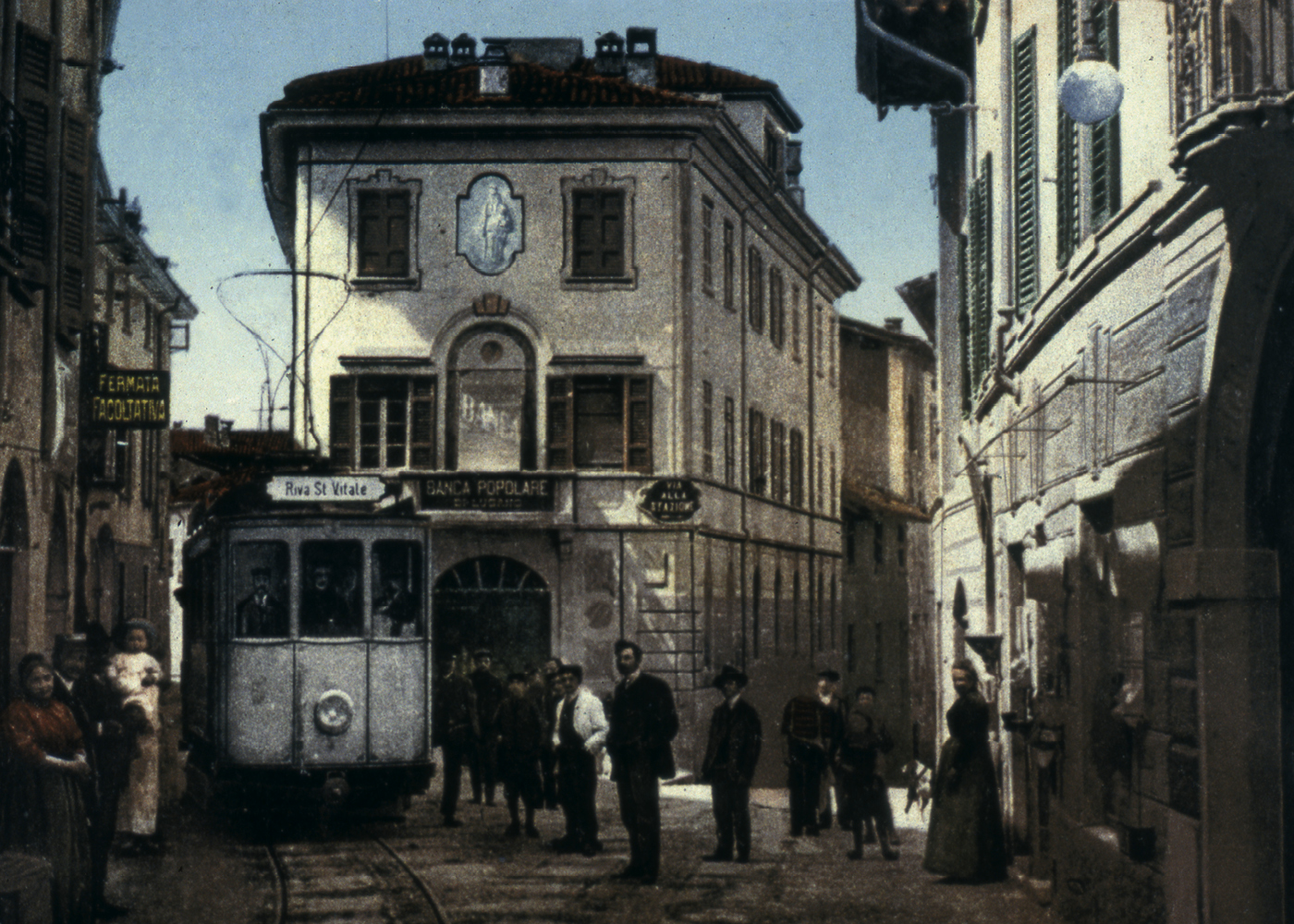

The harmonious Palazzo Pollini
Palazzo Pollini at number 2 Via alla Torre is one of the most important late Baroque palaces in Ticino. Built between 1715 and 1720 at the behest of Count Aurelio Niccolò Torriani, the building owes its name to Gaetano Pollini, an emigrant from Mendrisio who made his fortune in Sardinia. The building remains majestic to this day, elegantly decorated with beautiful wrought iron balconies and fresco paintings. Beyond the portico, the inner courtyard opens up, embellished with a large trompe-l’œil. From the Italian garden, you can admire the most beautiful part of the building, where the geometric precision blends harmoniously with the decoration of the two gates framed in grey.
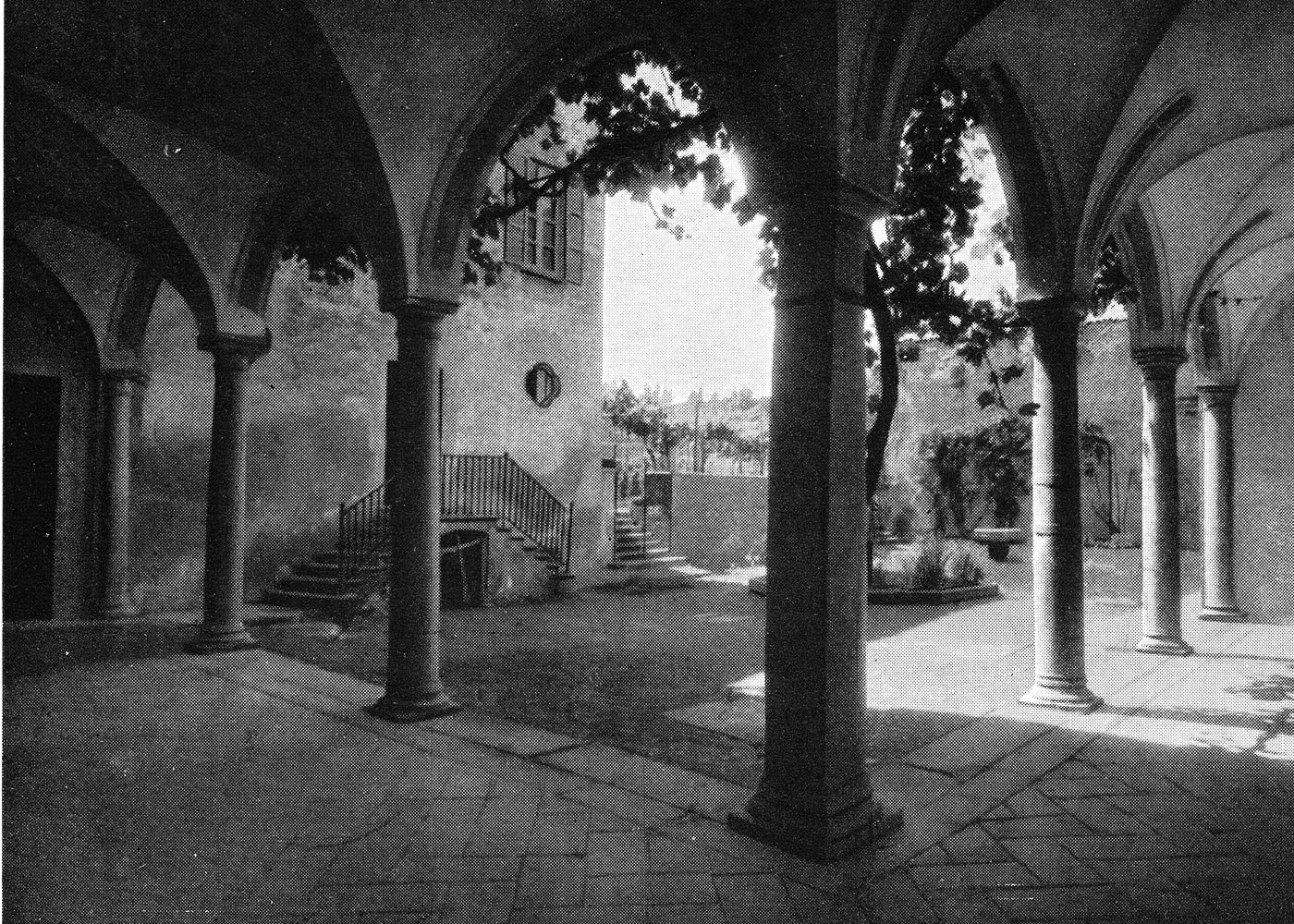
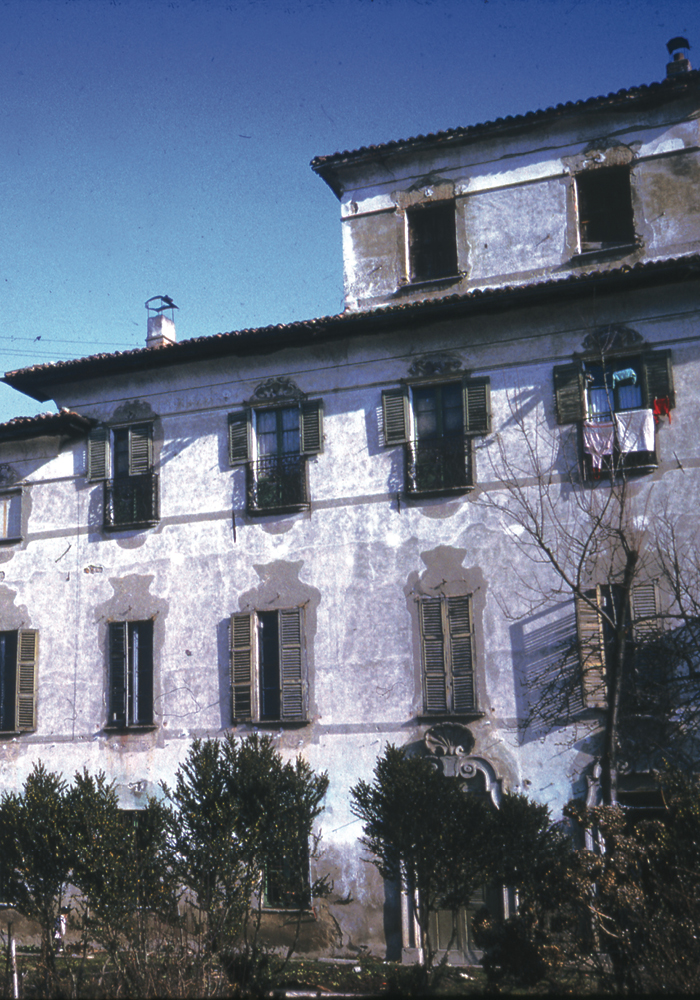
The street of the old shops
Corso Bello, formerly “Via del Carrobbiello”, has stayed true to its old purpose. The street used to be lined by numerous traditional shops and there are still several stores there today. The road surface was originally made of cobblestones just like other streets in the Mendrisio old town and then paved from the 1960s onwards. Its beauty has now been restored thanks to fine new paving made of granite from the Muggio Valley. Along with other streets in the pedestrian zone, Corso Bello hosts a diverse range of traditional events, from the Sagra dell’uva wine festival to the historic Processions.
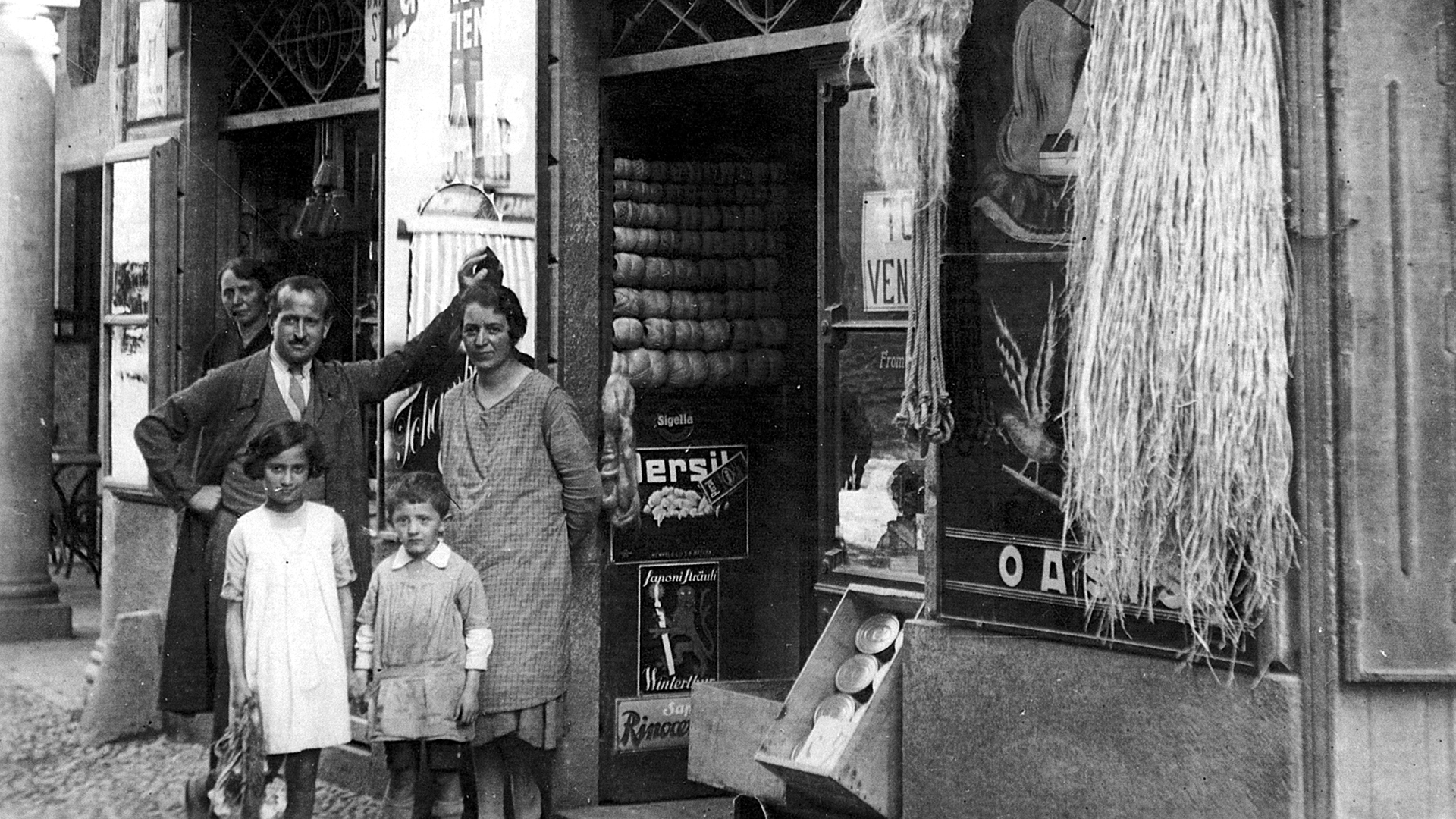
A view from above
As you turn your gaze from Corso Bello towards Via Lavizzari, the town offers an intriguing blend of the ancient and the modern. Once upon a time, the landscape was very different: where cars pass today, the Moree River once flowed through the meadows, where – as the enchanted Danish traveller Friederike Brun wrote in 1795 – “green blends into green and the light falls from the sky among the trees”. Beyond Via Lavizzari was the ancient district of Noseda, a handful of houses crowded close together, mostly inhabited by poor people. That only evidence of the past that remains is a charming staircase, steep, dilapidated, and covered by a low wooden ceiling, leading down from the Town Hall square towards Via Noseda.
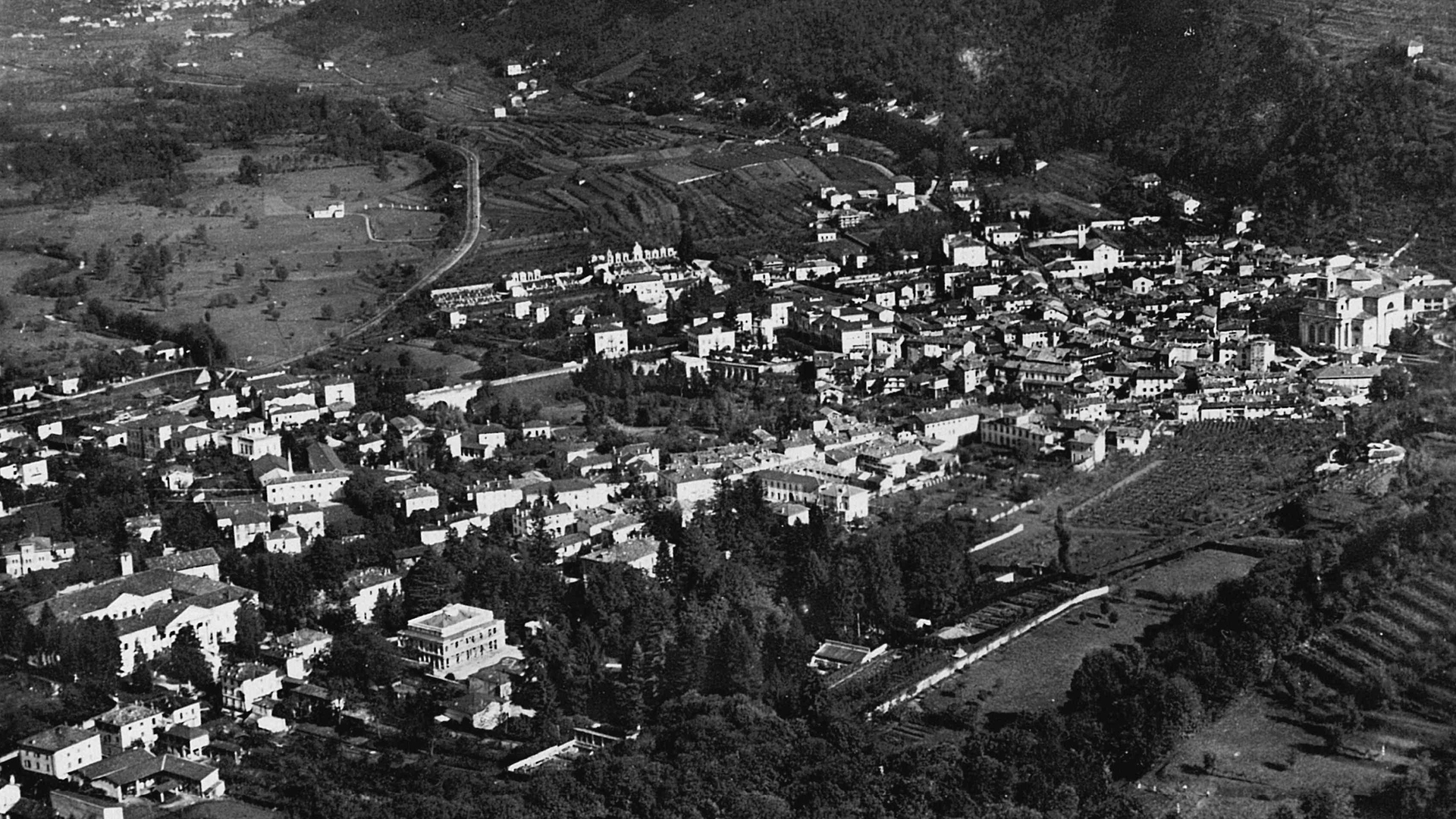
Meet Morsetta
Hi,
I’m Morsetta, the young explorer of the Region to be discovered. Play with me to discover some interesting things about Mendrisio…
On the hill, behind Mendrisio, once stood the castle of the Torriani family, which was destroyed around 1242.
Only the small church survived the destruction.
